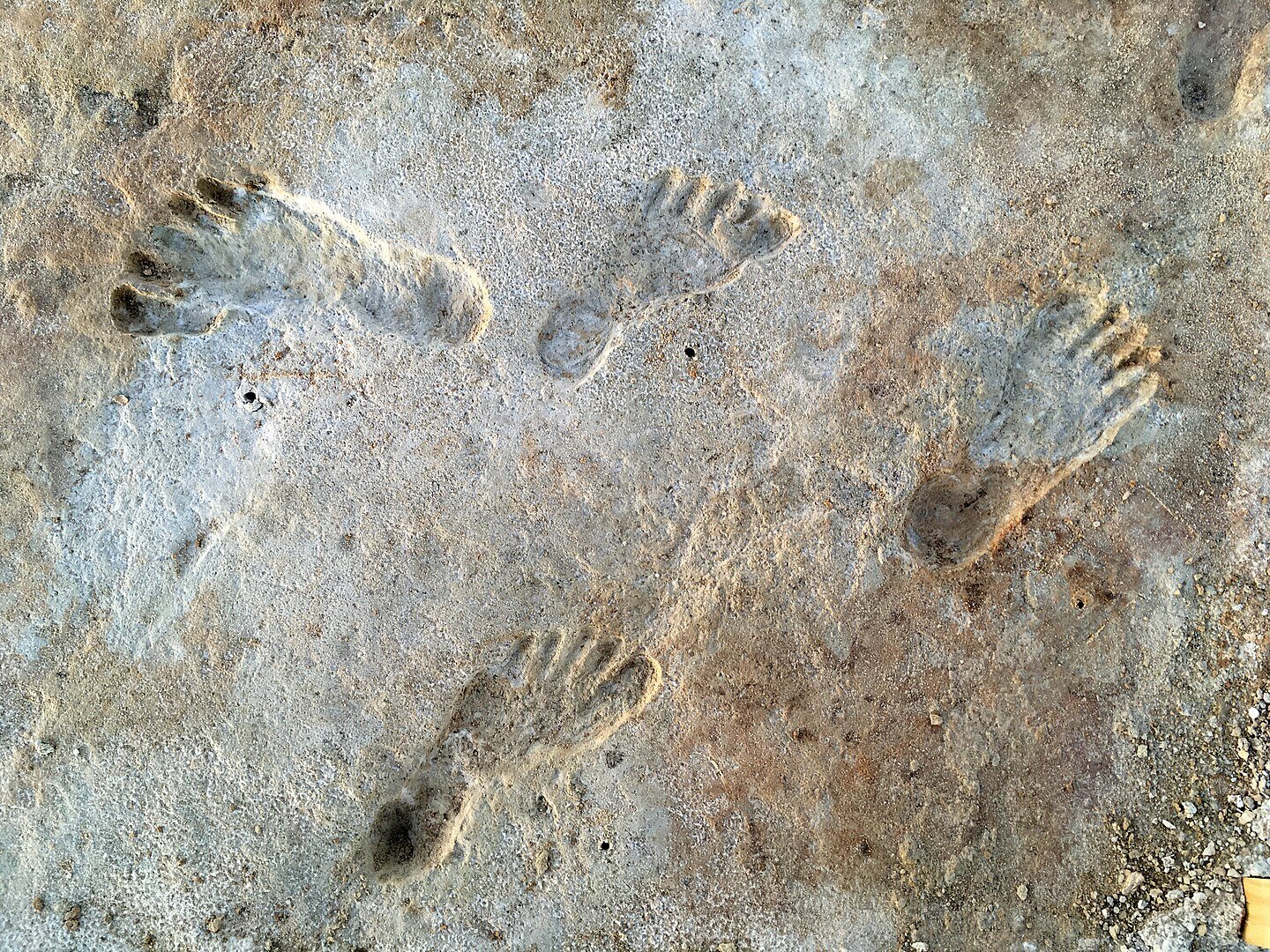

A new study provides solid evidence that human footprints discovered at White Sands National Park in New Mexico date back to over 21,000 years, reinforcing a controversial claim that people lived in North America far earlier than believed thus far.
The footprints, first found in 2019 by researchers from Bournemouth University and the US National Park Service, were initially dated using seeds and pollen found in the surrounding soil. The findings, published in 2021, sparked debate among archaeologists, many of whom questioned the reliability of plant-based dating methods.
University of Arizona geologist and archaeologist Vance Holliday used an alternative dating approach in a new study and scrutinized ancient mud layers found near the footprints. The results, published in Science Advances, confirm the original timeline, placing human activity at the site between 21,000 and 23,000 years ago.
The footprints were discovered in a dried streambed, once part of a lake system that covered the White Sands area thousands of years ago. Over time, shifting winds buried the tracks beneath layers of gypsum sand, preserving them.
In 2012, Holliday was invited to conduct fieldwork in White Sands, a rare opportunity given that much of the surrounding land is protected or in use for missile testing by the US Army. During that visit, he examined trenches left by earlier researchers who had studied the area’s geologic history. Just 100 yards away, the footprints remained hidden beneath layers of clay.
New dating evidence from the human footprint site at White Sands National Park (NMex, US) show they are stratigraphically constrained to between ~23—21,000 years ago, showing humans were in the Americas during and probably before the LGM. New paper by Bennett et al. in Science. pic.twitter.com/hIer03tKtS
— Tom Higham (@tommyhigham) September 23, 2021
When the tracks were uncovered years later, Holliday’s earlier data helped determine their age, earning him a co-author credit on the 2021 paper.
The latest study expands on that work. Holliday and Jason Windingstad, a doctoral student in environmental science, returned to White Sands in 2022 and 2023 to dig new trenches. This time, they used radiocarbon dating on mud samples, with testing handled by an independent laboratory. The results fell within the same range as earlier estimates.
So far, researchers have obtained 55 consistent radiocarbon dates across three types of material—seeds, pollen, and mud—from three separate labs. “You get to the point where it’s really hard to explain all this away,” Holliday said. “As I say in the paper, it would be serendipity in the extreme to have all these dates giving you a consistent picture that’s in error.”
Still, critics remain puzzled as to why no tools or settlement remains have been found near the footprints. Holliday said this is a fair question and points out that some of the trackways would have taken only seconds to walk, leaving little time to drop or discard anything.
“These people live by their artifacts, and they were far away from where they can get replacement material. They’re not just randomly dropping artifacts,” he said. “It’s not logical to me that you’re going to see a debris field.”
Holliday explained he trusted the 2021 findings from the start but welcomes the new data. “I really had no doubt from the outset because the dating we had was already consistent,” he said. “We have direct data from the field—and a lot of it now.”
